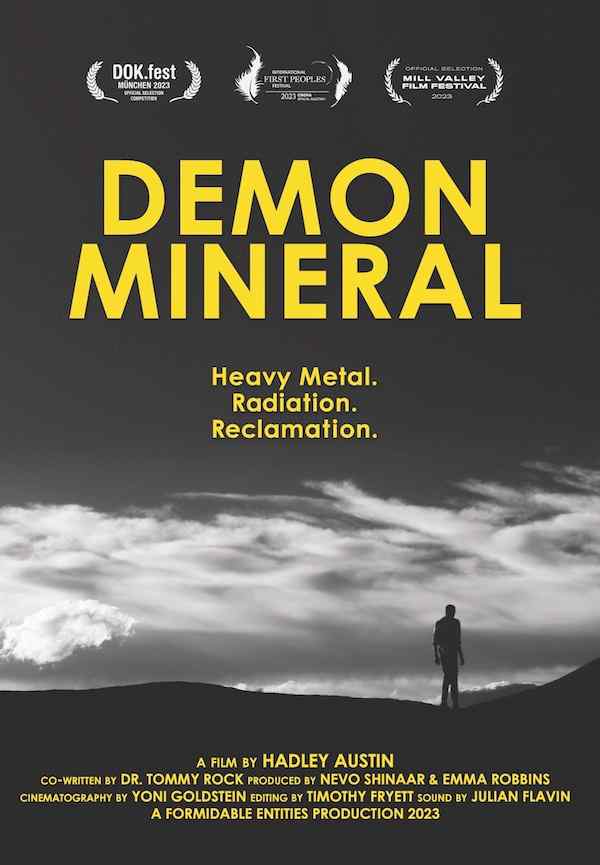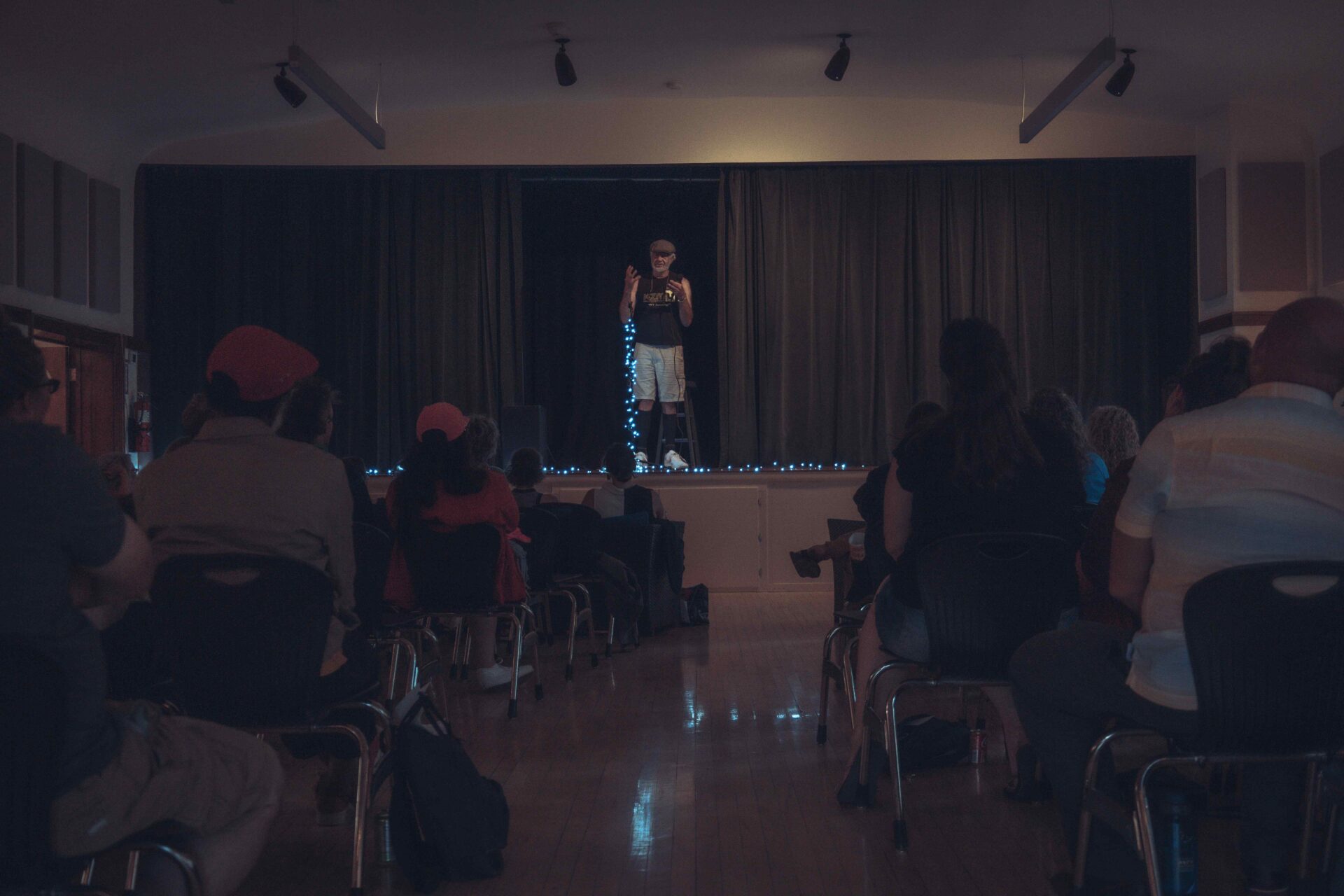Moab Museum tells stories from WWII prison camp outside city
In the words of Dr. Frank Kitamoto, “This is not just a Japanese American story, but an American story with implications for the world.”
The Moab isolation center, though brief in its existence, left a deep mark on those who passed through its gates.
During World War II, the United States incarcerated over 120,000 Japanese-Americans, a majority of whom were US Citizens, in detention facilities across the country. Approximately 50 individuals considered troublemakers by the government found themselves confined within a camp in the Dalton Wells area outside of Moab.
Among them were vocal advocates for justice, such as Joseph Kurihara, whose poignant biography highlights the resilience and courage of those incarcerated in the Moab Museum’s newest exhibit, “Moab Prison Camp: Japanese American Incarceration in Grand County.”
“This exhibit is both a local story and a national story. The regional history of Japanese American incarceration during the war has touched hundreds of thousands of lives,” said Moab Museum Public Programs Manager Mary Langworthy. “Here in Moab, we have a piece of that. We’re working in all of our exhibits and programs to give everything both regional context, local context and connect to a big picture.”
Langworthy shared insights into the decision to spotlight this aspect of local history in collaboration with Utah State Parks, whose new Utahraptor State Park includes the site. Profiles of individuals, developed in collaboration with descendants, offer glimpses into the lives affected.
“The folks there have been working for years to research the folks that were incarcerated, getting in touch with the descendants, getting more primary resources, and just re-connecting and rebuilding the web,” Langworthy said.
“We also have an oral history in our collection from a Moab man who worked as a guard at the camp,” Langworthy said.
The exhibit is preparing for member and public openings on February 15 and 17, respectively.
At the members-only opening on February 15, attendees will hear from former Utah legislator Jani Iwamoto.
“She was the first Japanese American to serve in the Utah Legislature and has worked in numerous ways to protect and preserve and uplift Japanese American history and culture in our state,” said Langworthy.
The public opening on Saturday, February 17 promises a day of discovery with free admission all day. The Utah Historical Society is also offering a Scan-and-Share event from 10 a.m. to 2 p.m. to preserve personal artifacts for posterity.
“We’re specifically looking for people who may have photos or documents relating to the Dalton Wells site, but anyone can bring a photo album in and have your photos preserved for history,” Langworthy said.
Beyond the openings, the museum plans a series of programs throughout the spring, inviting guest speakers to delve deeper into related topics. By sharing these stories, the Moab Museum seeks to underscore the importance of understanding our collective past and its enduring relevance in today’s world.



